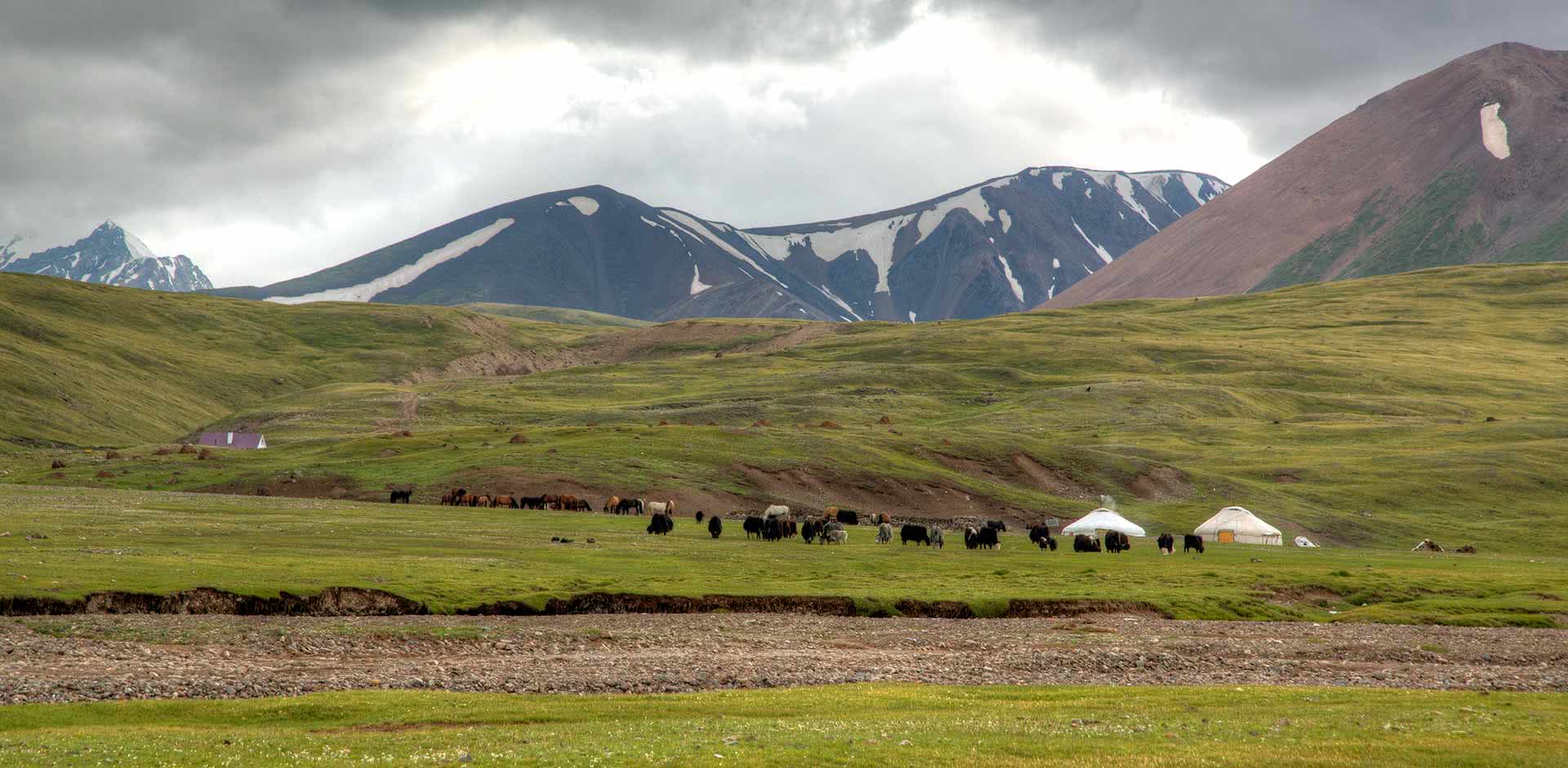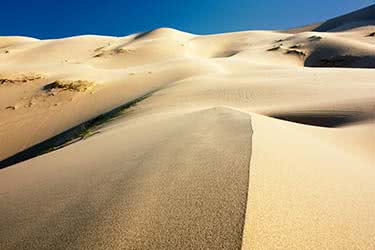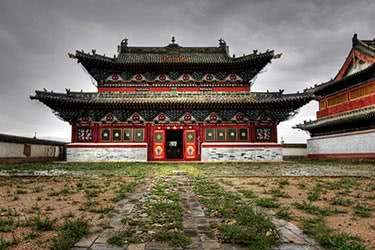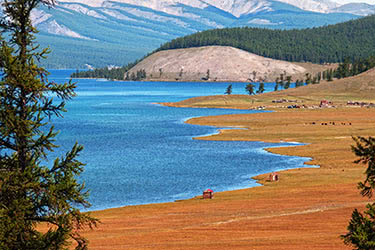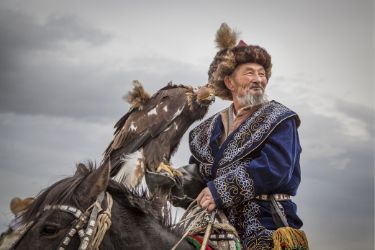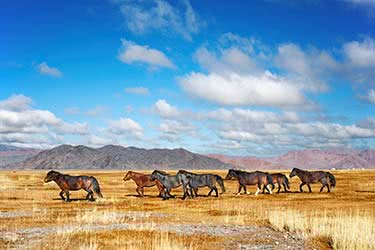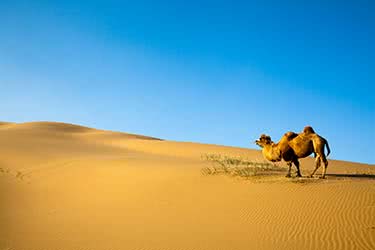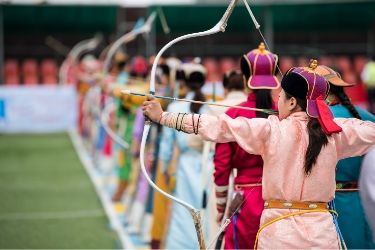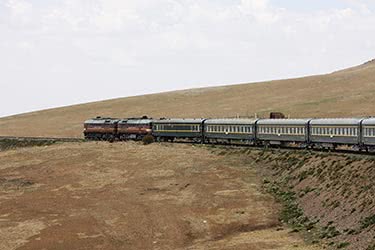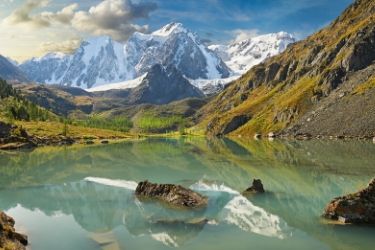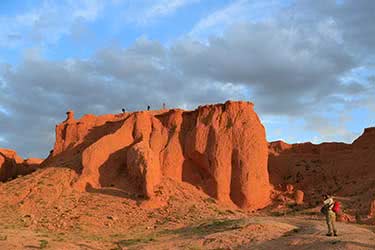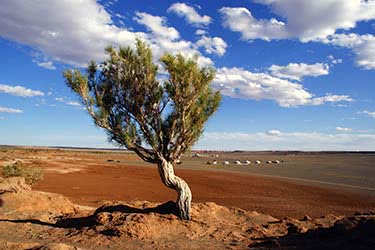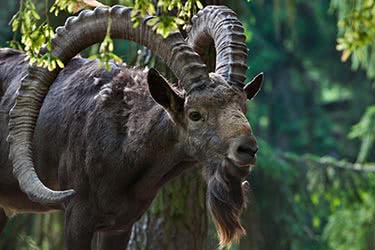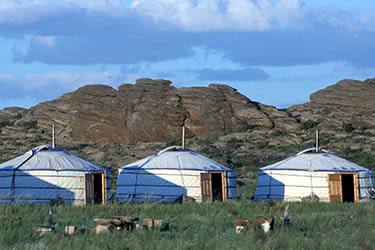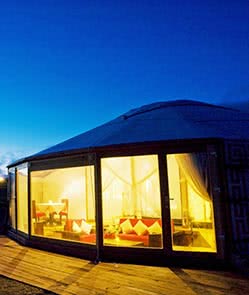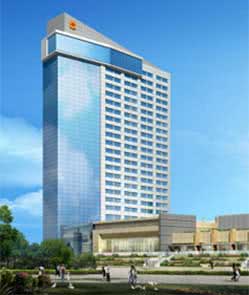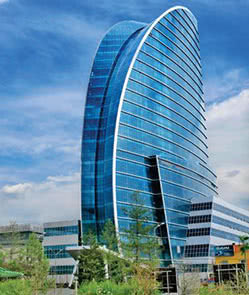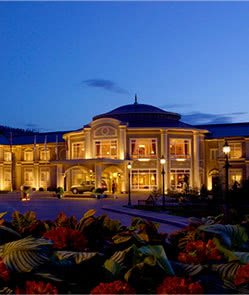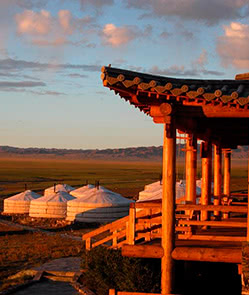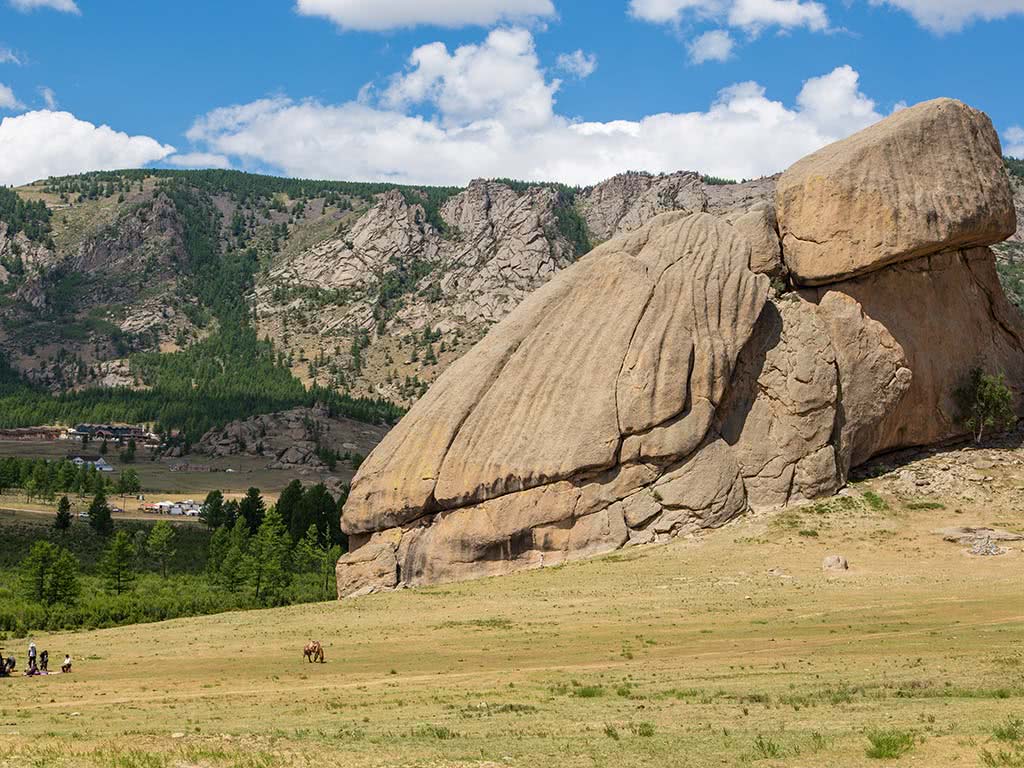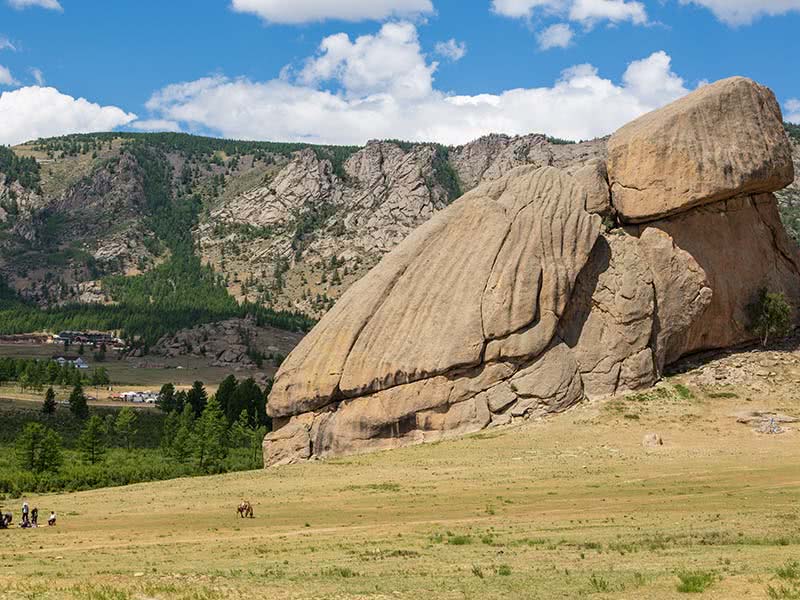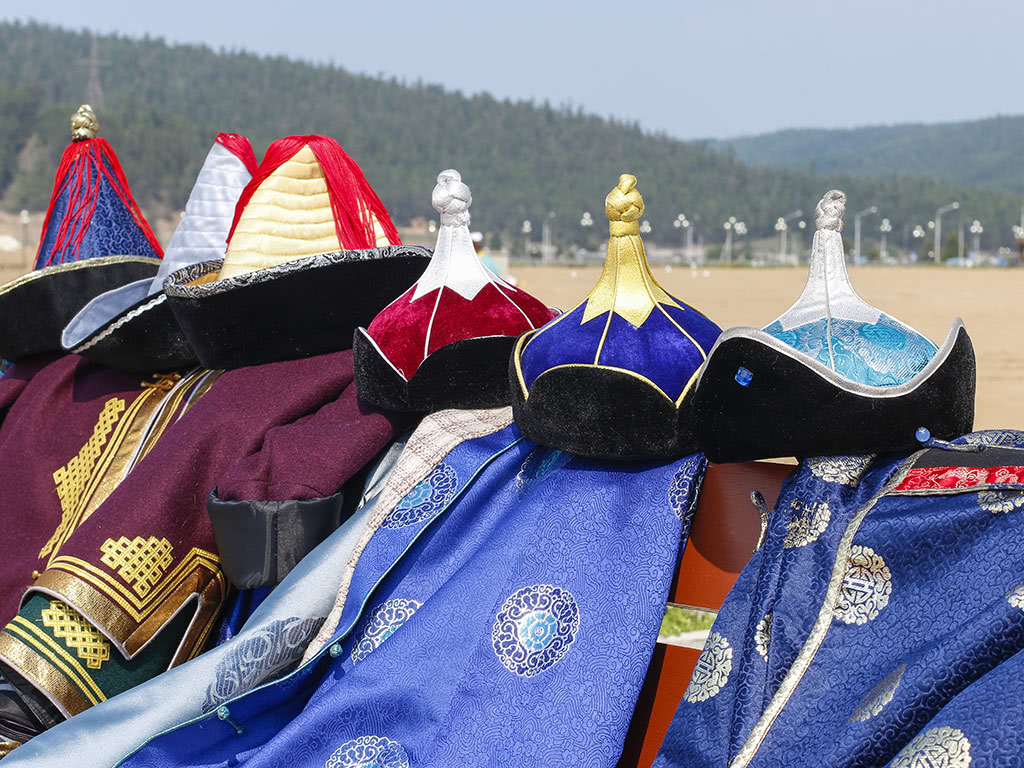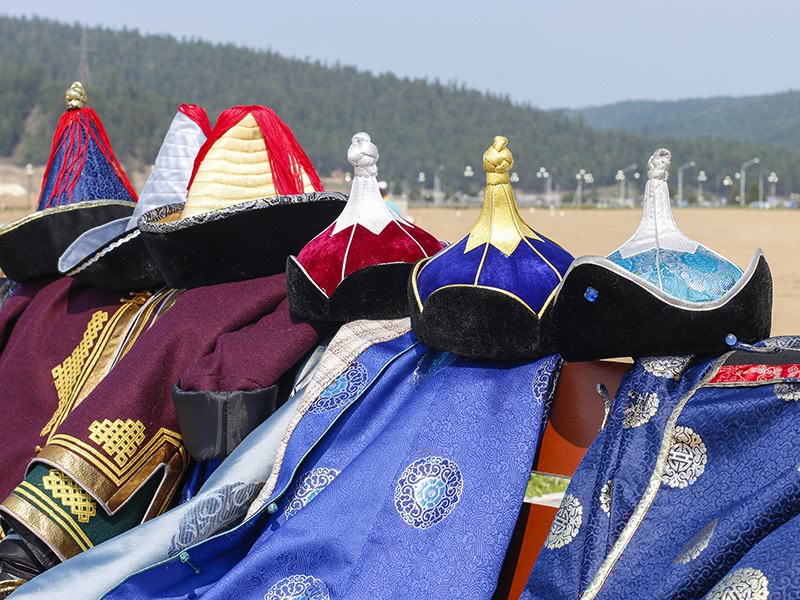
Mongolia
Mongolia is a vast country of stark beauty, extreme weather and exceedingly warm people, who still revere the legendary Genghis Khan, who conquered much of the known world from his Mongolian base. Mongolia is the size of western Europe with fewer than three million people, and it is the single most sparsely populated nation on earths, but with one of the fastest growing economies. Mongolians have traditionally been nomadic herdsmen — and half the people still are, living in round felt tents called gers that are moved regularly from place to place. There is great contrast between the capital city of Ulaanbaatar with its fancy restaurants and shops, and the rest of the country which holds on firmly to its traditional culture.
Huge gorges, sweeping planes, rich steppes, crystalline lakes and mountains topped in snow are just some of Mongolia’s many attractions. With communism and Soviet influence now but a memory, democratic Mongolia offers access to its Buddhist past. There are temples such as the Erdene Zuu monastery - the first Buddhist monastery in Mongolia - as well as the Bogd Khaan Palace. Various ruins include the famous Karakorum (the ancient capital of Mongolia founded by Genghis Khan), Khitan and Ongiin Khiid. Mongolia’s natural realm will surprise you with its diversity. Fishing, camping and long treks on horseback and camel are but some of the possibilities for the traveler.
Mongolia Regions
Explore in-depth information, experiences and highlights by navigating to specific regions using the links below.
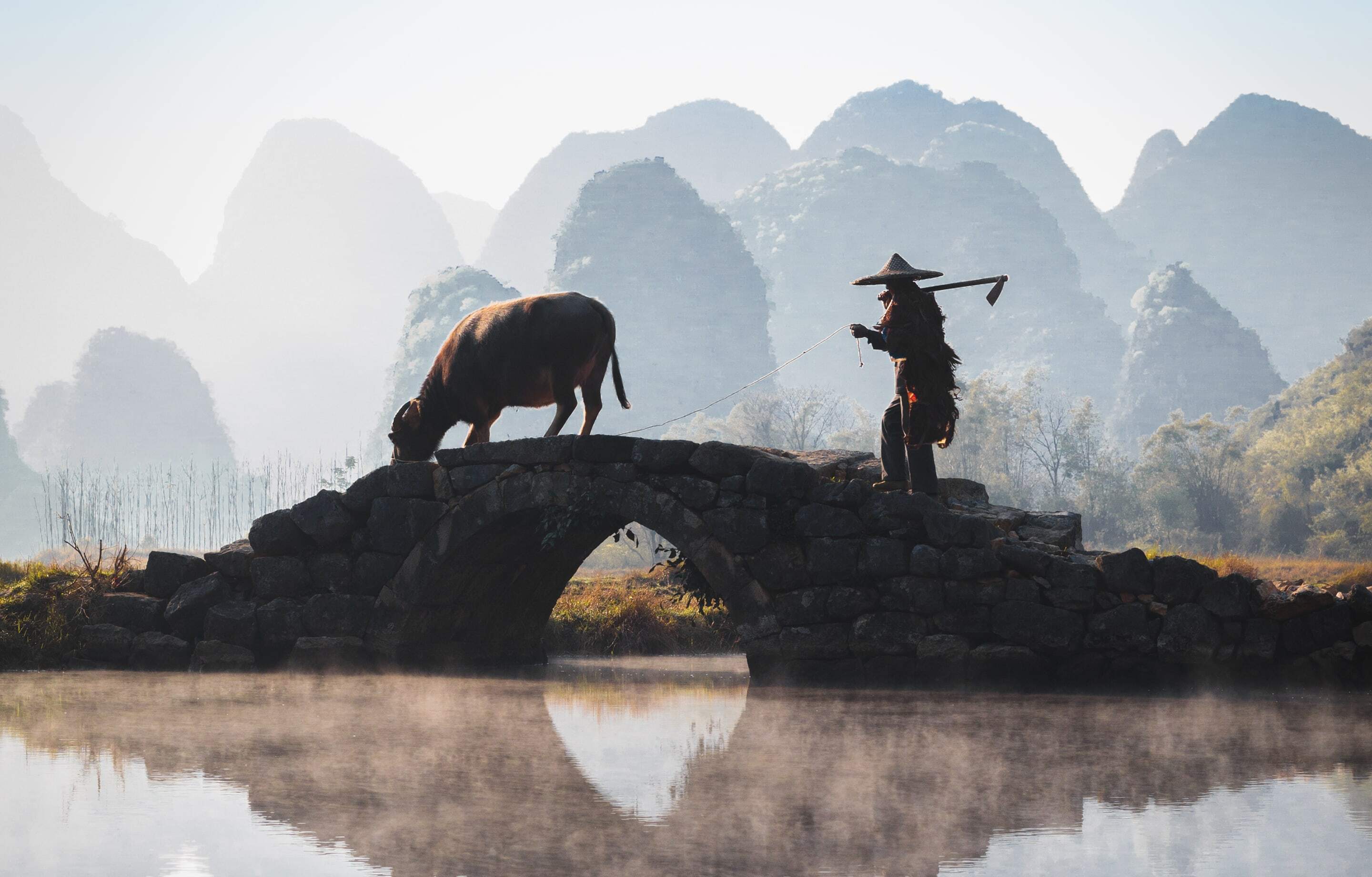
Exclusively Asia
With Remote Lands you'll travel with people who have made Asia the solitary focus of their own lifelong adventure. As our guest, you'll discover Asia on a journey that is completely, authentically your own, adapted from our own remarkable experiences and adventures over the years.
With Remote Lands you'll travel with people who have made Asia the solitary focus of their own lifelong adventure. As our guest, in the continent that our north American founders Catherine and Jay have adored and explored for decades, you'll discover Asia on a journey that is completely, authentically your own, adapted from our own remarkable experiences and adventures over the years.
Weather in Mongolia
Visit Mongolia between May and October for sunny days and pleasant temperatures.
- Mongolia is not actually the coldest and most remote part of the world (as it is often portrayed in Western media). There are four distinct seasons, though winter lasts from November to March, and there is a one-month-long period from mid-December to mid-January in which temperatures sink as low as -22°F (-30°C). The rest of winter ranges from 30° to 50°F (1°to 10°C), except in the bitter cold, northernmost part of the country.
- Spring, from March to May, brings slightly warmer temperatures, but occasional blizzards and dust storms that come as the temperatures rise make this period a less comfortable time of year to visit.
- Summer, from mid-May to mid-September, is usually warm with average temperatures of 60° to 80°F (18° to 26°C). There are short rains in July and early August, which account for 70 percent of the annual precipitation, but they are hardly an inconvenience in this fairly arid region. It is wise, however, to avoid rivers during summer storms, as there may be sudden floods. The Gobi Desert is the hottest at this time of year with average temperatures of around 85°F (30°C) and occasional spikes up to 100°F (40°C).
- Winds are a regular feature of Mongolia, and there is rarely a day without a slow breeze. In summer, cool winds come mostly from the northwest and west, bringing in some relief from summer heat. However, the sudden collision of warm and cool air masses can result in unexpectedly heavy rains.
Multi-Country Specialists
Mongolia Goes Well With




Travelogues
An Asia-focused magazine brought to you by Remote Lands - a platform for adventure, luxury, and authenticity from experts and explorers around the continent.
Ultra-Luxe Mongolia by Private Plane or Helicopter
- Author
- Catherine Heald
One of the most remarkable things about flying privately through Mongolia is that the whole country becomes available to you, and roads, airports, and accommodations are no longer considerations of your visit.
Mongolia and Siberia: Adventure at the Edge of the World
- Author
- Travelogues
Whether it’s the frozen ice sheets of Baikal or the Flaming Cliffs of the Gobi, Mongolia and Siberia offer travelers a chance to get close to mother nature and far from everything else.
Adventures in the Mongolian Gobi
- Author
- Jay Tindall
Mongolia’s Gobi Desert is a magical destination featuring stellar rock formations, icy canyons, gorgeous oases, and the highest sand dunes on planet Earth.
